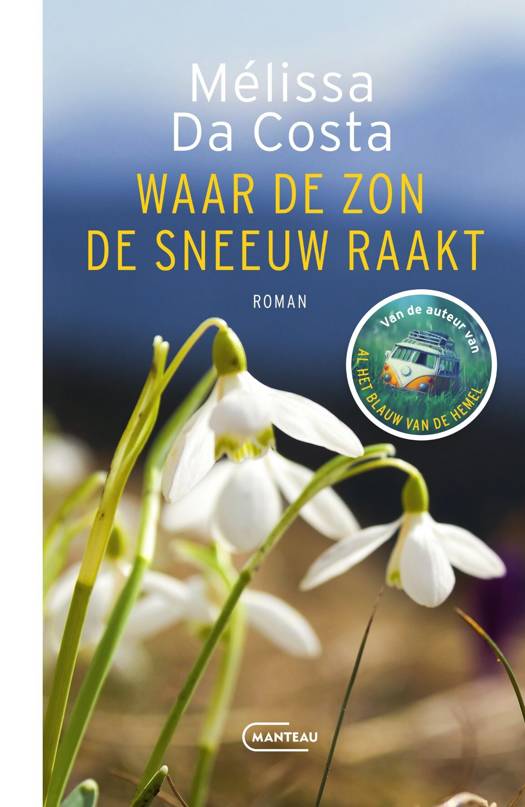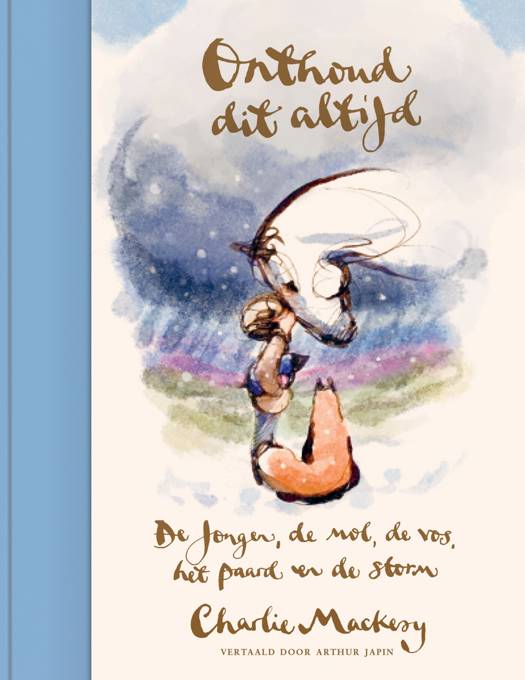
Je cadeautjes zeker op tijd in huis hebben voor de feestdagen? Kom langs in onze winkels en vind het perfecte geschenk!
- Afhalen na 1 uur in een winkel met voorraad
- Gratis thuislevering in België vanaf € 30
- Ruim aanbod met 7 miljoen producten
Je cadeautjes zeker op tijd in huis hebben voor de feestdagen? Kom langs in onze winkels en vind het perfecte geschenk!
- Afhalen na 1 uur in een winkel met voorraad
- Gratis thuislevering in België vanaf € 30
- Ruim aanbod met 7 miljoen producten
Zoeken
Omschrijving
Did you know that the Jerusalem cherry does not grow in or near Jerusalem? That the Spanish cedar is a native of the West Indies? That the French mulberry is neither French nor a mulberry? L. H. Bailey, in this basic introduction to botanical nomenclature, reveals the confusion that results from misleading popular names of plants and points out the fun and the advantages of a sound scientific approach. In a few short chapters, he covers virtually every aspect of the subject of how plants get their names and what those names signify.
After an opening chapter that discloses the surprising wealth of information that can be learned from a plant's botanical name, the author discusses the work of Carl Linnaeus (1707-78), the great Swedish naturalist who is "the father of botany." There is a brief history of the chaotic state of the science before it was effectively systematized, with outlines of pre-Linnaean classification schemes, followed by a full analysis of the Linnaean definitions of genus and species, the basis of modern binomial nomenclature. The following chapter, on plant identification, contains a discussion of herbariums and their value to the modern botanist, as well as valuable suggestions for amateur horticulturalists on preparing herbariums and packaging specimens to be mailed for identification purposes. Two successive chapters cover the many rules of nomenclature and focus upon some current problems in the field. Blackberries, potatoes, roses, and the amaryllis are analyzed as four illustrations of areas in which much work remains to be done.
The final section of the book is certain to prove very useful to a variety of readers. The author defines scores of common Latin stems and word-endings used in botanical nomenclature and presents a few important rules of pronunciation. Most important of all, he includes a full, 20-page list of generic terms most likely to be met in horticultural literature and 42 pages of common Latin words and their English botanical applications and meanings.
A rare combination of enthusiastic prose, well and clearly written, and scientific accuracy, this is an essential handbook for gardeners, amateur botanists, and horticulturalists as well as a superb introduction for beginning students to an important part of the botanical sciences.
"Carefully presented treatise." -- America.
"Written with knowledge and authority, charm and eloquence and poetic imagination on the varied aspects of the author's specialty." -- New York Times.
After an opening chapter that discloses the surprising wealth of information that can be learned from a plant's botanical name, the author discusses the work of Carl Linnaeus (1707-78), the great Swedish naturalist who is "the father of botany." There is a brief history of the chaotic state of the science before it was effectively systematized, with outlines of pre-Linnaean classification schemes, followed by a full analysis of the Linnaean definitions of genus and species, the basis of modern binomial nomenclature. The following chapter, on plant identification, contains a discussion of herbariums and their value to the modern botanist, as well as valuable suggestions for amateur horticulturalists on preparing herbariums and packaging specimens to be mailed for identification purposes. Two successive chapters cover the many rules of nomenclature and focus upon some current problems in the field. Blackberries, potatoes, roses, and the amaryllis are analyzed as four illustrations of areas in which much work remains to be done.
The final section of the book is certain to prove very useful to a variety of readers. The author defines scores of common Latin stems and word-endings used in botanical nomenclature and presents a few important rules of pronunciation. Most important of all, he includes a full, 20-page list of generic terms most likely to be met in horticultural literature and 42 pages of common Latin words and their English botanical applications and meanings.
A rare combination of enthusiastic prose, well and clearly written, and scientific accuracy, this is an essential handbook for gardeners, amateur botanists, and horticulturalists as well as a superb introduction for beginning students to an important part of the botanical sciences.
"Carefully presented treatise." -- America.
"Written with knowledge and authority, charm and eloquence and poetic imagination on the varied aspects of the author's specialty." -- New York Times.
Specificaties
Betrokkenen
- Auteur(s):
- Uitgeverij:
Inhoud
- Aantal bladzijden:
- 192
- Taal:
- Engels
Eigenschappen
- Productcode (EAN):
- 9780486207964
- Verschijningsdatum:
- 1/06/1963
- Uitvoering:
- Paperback
- Formaat:
- Trade paperback (VS)
- Afmetingen:
- 137 mm x 214 mm
- Gewicht:
- 199 g

Alleen bij Standaard Boekhandel
+ 19 punten op je klantenkaart van Standaard Boekhandel
Beoordelingen
We publiceren alleen reviews die voldoen aan de voorwaarden voor reviews. Bekijk onze voorwaarden voor reviews.









